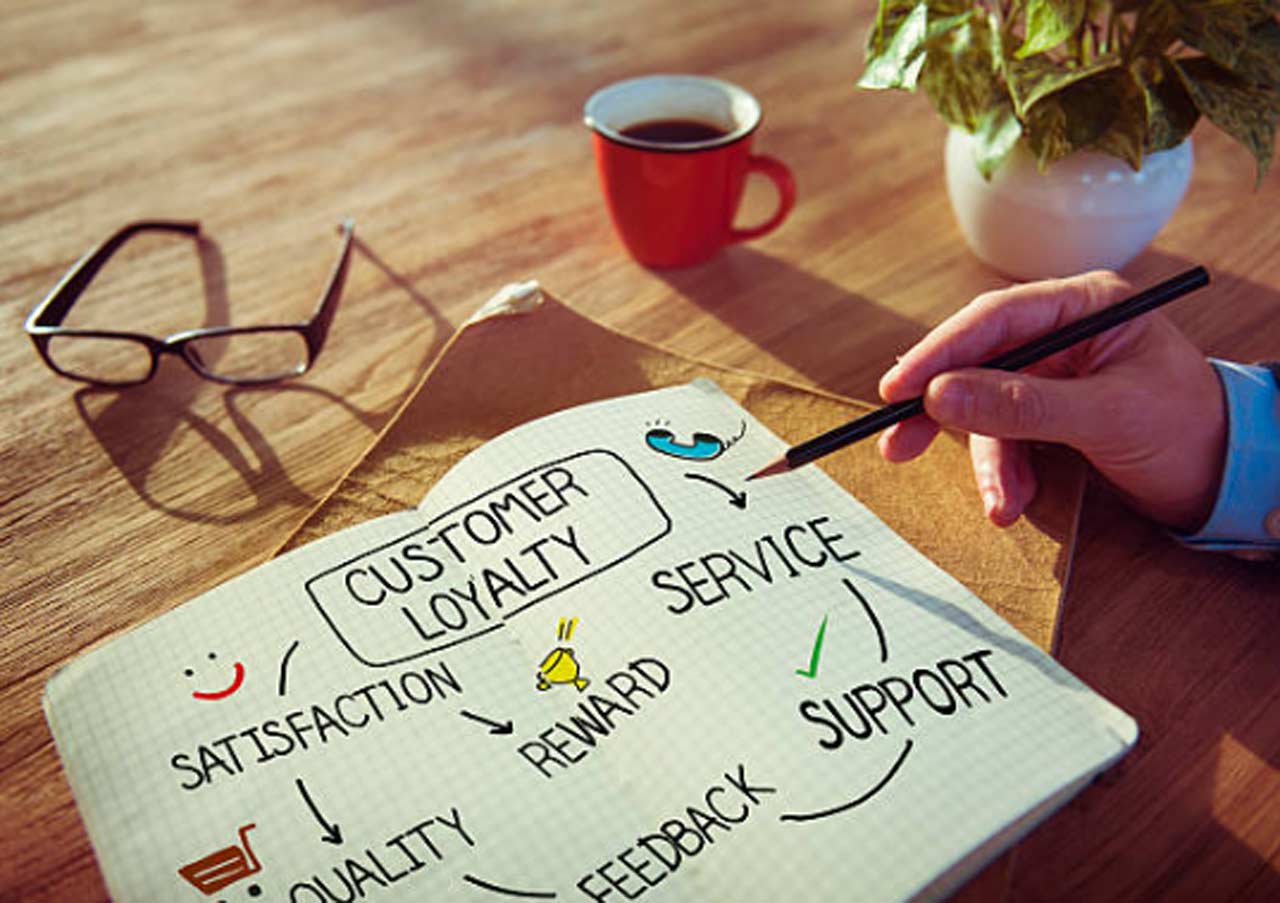Personalization Strategies for Boosting Customer Loyalty: Crafting Tailored Experiences That Resonate
In today’s competitive marketplace, businesses are constantly seeking ways to stand out and foster lasting relationships with their customers. One of the most effective strategies for achieving this is personalization—crafting tailored experiences that resonate with individual customers on a deeper level. Personalization goes beyond simply addressing customers by their names; it involves understanding their preferences, behaviors, and needs, and using this information to create meaningful interactions that drive loyalty.
This article explores various personalization tactics that businesses can implement to boost customer loyalty. We will also touch on the role of contact centers in gathering valuable customer insights that fuel these personalization efforts.
The Importance of Personalization in Customer Loyalty
Personalization has become a key driver of customer loyalty in an era where consumers are inundated with options. Customers today expect businesses to understand their unique needs and preferences and to deliver experiences that are relevant and timely. When done correctly, personalization can significantly enhance customer satisfaction, increase engagement, and ultimately drive repeat business.
Research shows that customers are more likely to remain loyal to brands that offer personalized experiences. Personalization can make customers feel valued and understood, which fosters a stronger emotional connection with the brand. This connection is crucial for building long-term loyalty, as it encourages customers to choose your brand over competitors, even when they have other options.
Tactics for Personalizing Customer Experiences
- Segmentation and Targeting
The foundation of effective personalization is segmentation. By dividing your customer base into distinct groups based on demographics, behavior, purchase history, and preferences, you can create targeted campaigns that resonate with each segment. For example, a retail brand might segment its customers into groups such as frequent buyers, occasional shoppers, and first-time visitors, and then tailor marketing messages and offers to each group.
Segmentation allows businesses to move away from one-size-fits-all approaches and deliver more relevant content, offers, and recommendations to customers. This not only increases the effectiveness of marketing efforts but also makes customers feel like the brand understands their individual needs. - Personalized Recommendations
Personalized product recommendations are a powerful tool for boosting customer engagement and driving sales. By analyzing customer data—such as past purchases, browsing history, and preferences—businesses can suggest products or services that are most likely to interest each customer. These recommendations can be delivered through various channels, including email, mobile apps, and websites.
For example, an e-commerce platform might use algorithms to recommend complementary products based on a customer’s recent purchase, or a streaming service might suggest new content based on a user’s viewing history. Personalized recommendations make the shopping experience more convenient and enjoyable for customers, increasing the likelihood of repeat purchases. - Behavioral Triggers
Behavioral triggers are automated responses that are activated by specific customer actions or events. These triggers allow businesses to engage with customers at the right moment, with the right message. For example, if a customer abandons their online shopping cart, an automated email can be sent to remind them of the items left behind, possibly with an added incentive to complete the purchase.
Behavioral triggers can also be used to re-engage customers who have become inactive or to celebrate milestones, such as birthdays or anniversaries with the brand. By acknowledging these moments with personalized offers or messages, businesses can strengthen the customer relationship and encourage continued loyalty. - Dynamic Content
Dynamic content refers to web or email content that changes based on the viewer’s profile or behavior. This allows businesses to deliver a personalized experience to each customer, even when using the same template or layout. For example, a retailer’s homepage might display different products or promotions to each visitor based on their browsing history or previous interactions with the brand.
Dynamic content can also be used in email marketing, where the content of an email changes based on the recipient’s preferences or past behavior. This approach ensures that customers receive relevant information and offers that are more likely to capture their interest. - Loyalty Programs
Loyalty programs are a tried-and-true method for rewarding repeat customers and encouraging continued engagement. However, personalization can take loyalty programs to the next level. By analyzing customer data, businesses can create personalized rewards and offers that resonate with individual customers.
For example, a loyalty program could offer tailored discounts based on a customer’s favorite products or provide exclusive access to new products or services that align with their interests. Personalized loyalty programs not only enhance the customer experience but also strengthen the emotional connection between the customer and the brand.
The Role of Contact Centers in Personalization
Contact centers play a crucial role in gathering the customer insights needed for effective personalization. Every interaction with a customer—whether it’s a phone call, chat, or email—provides valuable data that can be used to refine and enhance personalization efforts.
By leveraging advanced contact center technology, businesses can capture and analyze these interactions in real-time, gaining a deeper understanding of customer preferences, pain points, and behaviors. This information can then be used to inform personalized marketing strategies, tailor customer support, and create more relevant product recommendations.
For instance, if a customer frequently contacts the support team with questions about a specific product feature, the business can proactively send them personalized content or offers related to that feature. This not only addresses the customer’s needs but also demonstrates that the brand is attentive and responsive, further strengthening customer loyalty.
Conclusion
In today’s competitive landscape, personalization is essential for building and maintaining customer loyalty. By implementing targeted strategies such as segmentation, personalized recommendations, behavioral triggers, dynamic content, and loyalty programs, businesses can create meaningful, tailored experiences that resonate with customers.
Contact centers play an integral role in this process by providing the insights needed to drive effective personalization. By harnessing the power of data and technology, businesses can deliver the personalized experiences that customers crave, ultimately fostering deeper connections and long-term loyalty. As personalization continues to evolve, businesses that prioritize these strategies will be well-positioned to thrive in an increasingly customer-centric world.








